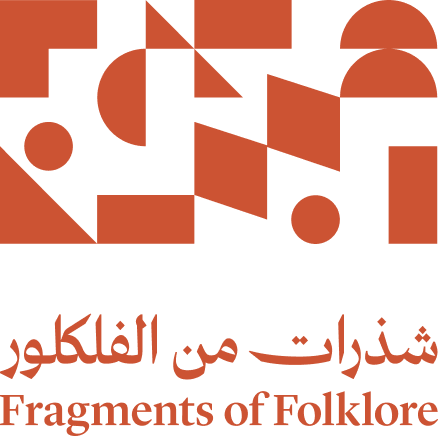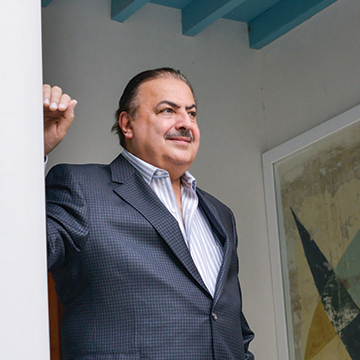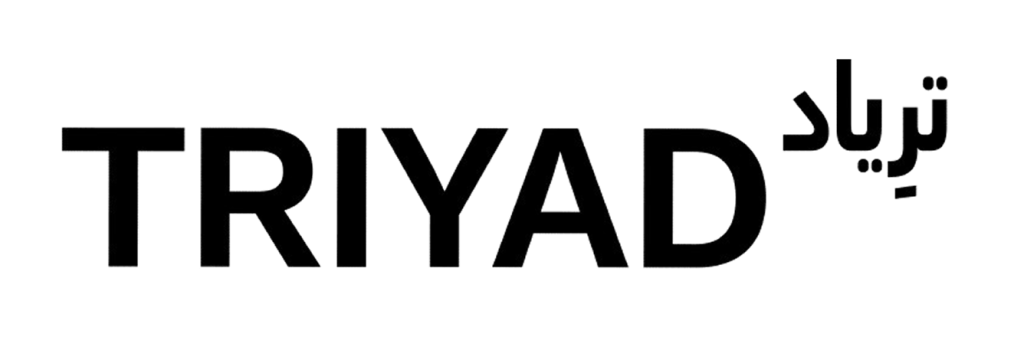
ABOUT US
Fragments of Folklore is not a presentation of traditions. It is a proposal: that form, in the shape of geometry, pattern, material, and repetition, is one of the most enduring vessels of memory. In an era of Fragments of Folklore is not a presentation of traditions. It is a proposal: that form, in the shape of geometry, pattern, material, and repetition, is one of the most enduring vessels of memory. In an era of cultural acceleration and curated nostalgia, the exhibition reframes folklore as method rather than content.
It invites us to ask not what a culture is, but how it is carried—across bodies, time, surfaces, and silence. What holds these fragments together is not narrative continuity, but a logic of resonance. It is the same structure that binds the works in this exhibition—by Hamra Abbas, Lulwah Al Homoud, Rashid Al Khalifa, and Raeda Ashour—who each draw from visual and symbolic lineages that exceed nation or discipline.
Their practices unfold not as reconstructions of the past, but as acts of reordering. In their hands, folklore is not a static inheritance. It is an evolving intelligence. Each of their works carries fragments—not of story, but of form: the sacred mountain, the golden grid, the architectural shadow, the embossed palm, the unfinished script.
Together, they reveal that what we often call heritage is not what is preserved in archives, but what persists through pattern. This is where Fragments of Folklore begins: not in legend, but in mark-making. Not in preservation, but in continuity. Not in answers, but in the quiet insistence of form.
Featured Artists

Hamra Abbas
Combines geometry and symbolism to bridge past and present

Lulwah Al Homoud
Reinterprets cultural identity through patterns and materials

Rashid Al Khalifa
Merges sacred traditions with abstract visual language



